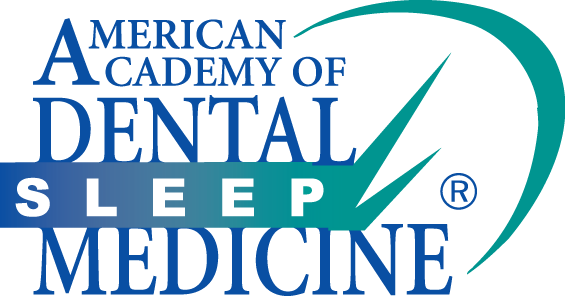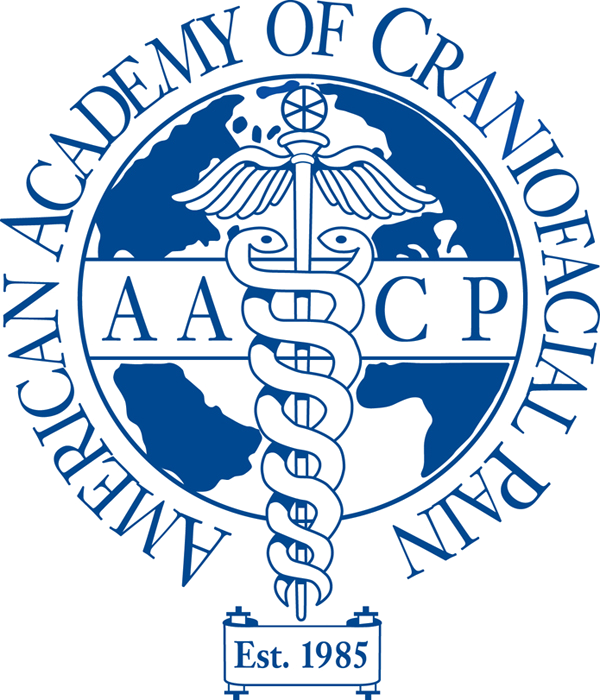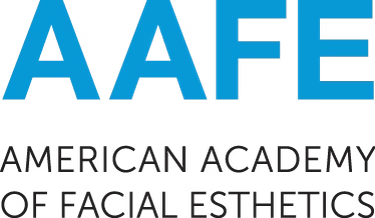Understanding Preventive Dentistry
Preventive dentistry helps you avoid common oral health issues like tooth decay, gum disease, and cavities by maintaining your teeth and gums before major problems arise. Good oral hygiene—daily brushing and flossing, along with regular dental checkups—plays a crucial role. Focusing on preventive care allows for early detection of potential problems, reducing pain and unnecessary treatment costs. Let’s explore the importance and workings of preventive dentistry.
Defining Preventive Dentistry and Its Core Principles
Preventive dentistry takes a proactive approach to oral health through simple steps. Instead of waiting for issues like tooth decay and gum disease, it emphasizes prevention. Key components include regular dental visits, good oral hygiene, and preventive services such as fluoride treatments and sealants. By choosing preventive care, you set the foundation for lifelong healthy teeth and strong gums.
One major benefit is early detection; routine exams and cleanings identify potential problems early, allowing for less invasive treatments. Whether addressing decay or providing nutritional advice, preventive dentistry enhances overall oral health.
How Preventive Dentistry Differs from Emergency Dental Care
Preventive dentistry and emergency dental care serve distinct purposes. Preventive dentistry proactively aims to prevent dental issues through regular checkups and cleanings. In contrast, emergency care addresses urgent problems such as pain, infections, or broken teeth requiring immediate attention. The key difference is timing: preventive care helps maintain oral health, reducing the need for emergencies and promoting better overall dental health.
Common Dental Emergencies and Their Preventable Causes
Dental emergencies, like severe tooth pain, cracked teeth, or abscesses, often result from inadequate preventive care. Poor oral health can stem from skipping regular dental visits or neglecting tooth decay. For instance, untreated cavities can worsen, leading to infections or broken teeth. Similarly, gum disease can progress to tooth loss if ignored. By maintaining good oral hygiene and attending regular dental checkups, you can significantly reduce these risks. Now, let’s explore common oral issues caused by insufficient prevention.
Tooth Decay, Cavities, and Their Early Warning Signs
Tooth decay is a common issue, but it’s easy to prevent. Cavities form when harmful bacteria consume sugars and produce acid, which erodes tooth enamel. Recognizing early warning signs can help address problems before they worsen.
Warning Signs:
- Sensitivity to Hot or Cold: May indicate enamel erosion or a developing cavity.
- Persistent Bad Breath: Could mean an excess of bacteria in hard-to-clean areas.
- Visible Pits or Stains: May indicate a cavity requiring dental care.
- Toothache: Indicates potential deep decay.
Act quickly if you notice any of these signs to prevent further damage. Regular dental visits enable early detection, while brushing, flossing, and reducing sugar intake can lower your risk of tooth decay.
Gum Disease and Its Connection to Poor Prevention
Gum disease, or periodontal disease, can develop silently but significantly impact dental health. It begins with plaque buildup along the gum line, leading to mild swelling known as gingivitis. Without treatment, it can escalate into a severe infection, harming your gums and bone structure. Poor oral hygiene and missed dental cleanings are primary causes. Watch for signs like bleeding gums, swelling, and persistent bad breath. If untreated, gum disease can result in tooth loss and other health issues. Preventive measures—brushing, flossing, and regular dental cleanings—can reduce your risk and help stop its progression early, ensuring a healthy smile and gums.
At-Home Preventive Practices for Healthier Teeth
Healthy teeth result from good daily habits. Proper at-home care, including effective brushing, flossing, and a tooth-friendly diet, keeps your mouth healthy. These practices prevent harmful bacteria and reduce the risk of gum disease, cavities, and other oral health issues. By incorporating preventive care into your routine, you strengthen your teeth and promote overall mouth health. Let’s explore basic techniques and lifestyle choices for optimal oral health.
Brushing and Flossing Techniques
Brushing and flossing are essential for good dental care. Proper techniques yield better results.
Tips for Effective Brushing:
- Use a soft-bristled toothbrush and fluoride toothpaste.
- Brush twice daily for two minutes, covering all teeth.
- Hold the toothbrush at a 45-degree angle to your gums.
- Replace your toothbrush every three to four months.
- Brush your tongue to eliminate bacteria and combat bad breath.
Flossing Made Easy:
- Use about 18 inches of floss, wrapping it around your fingers for a better grip.
- Slide the floss between your teeth, looping around each tooth.
- Gently clean under the gumline without snapping the floss.
Regular brushing and flossing not only clean your teeth but also prevent plaque buildup, promoting healthier gums and enamel. Good preventive care significantly enhances your smile.
The Importance of Diet and Lifestyle Choices for Dental Health
Your diet significantly affects your oral health. A balanced diet strengthens teeth and reduces decay risk, keeping your smile bright. Fruits and vegetables like apples and carrots act as natural scrubs, while calcium-rich foods like cheese and yogurt enhance enamel strength. However, excessive sugar and acidic foods can erode enamel and lead to cavities. Lifestyle choices also impact dental health; for instance, smoking causes stains and increases gum disease risk. By making smart dietary choices rich in nutrients, you protect your teeth and overall oral health. Now, let’s discuss the importance of regular dental visits for preventive care.
The Value of Regular Dental Checkups and Professional Care
Regular dental checkups are crucial for maintaining oral health. Visiting the dentist allows for early detection of problems, enabling easier treatments. Professional cleanings remove plaque and tartar that at-home care might miss. Each visit, from oral exams to cancer screenings, ensures your teeth and gums remain healthy. Consistent checkups and preventive measures help avoid larger issues later, promoting long-term dental health. Here’s what you can expect during regular oral exams.
Routine Exams and Cleanings: What to Expect
Your dental checkup is more than a glance; it’s a thorough assessment of your oral health. The dentist and hygienist examine your teeth, gums, and mouth for decay and gum disease. Following this, professional cleanings remove tartar that brushing misses. The hygienist polishes your teeth and flosses between them, leaving your mouth feeling fresh. X-rays may also be taken to identify deeper issues. Additionally, dentists check for cancer by inspecting for unusual lumps or sores. Regular checkups and cleanings help maintain oral health and reduce the risk of severe conditions like gum disease or tooth decay.
Early Detection and Treatment: Saving Pain and Money
Preventive dentistry’s true strength lies in early problem detection, preventing emergencies. Regular dental exams allow your dentist to identify issues like cavities or gum disease early, enabling simple treatments that save time, money, and discomfort. For example, a cavity caught early may only require a filling rather than a costly root canal. Proactively managing oral health not only benefits your budget but also enhances your quality of life; a healthy smile boosts confidence and comfort in daily activities. In short, preventive dentistry helps avoid emergencies and maintains your smile, providing peace of mind and promoting long-term oral health.
Schedule an Appointment
The best way to protect your smile is to be proactive. If it’s been over six months since your last cleaning or you don’t have an established dentist, schedule an appointment with OHIOSmiles today.
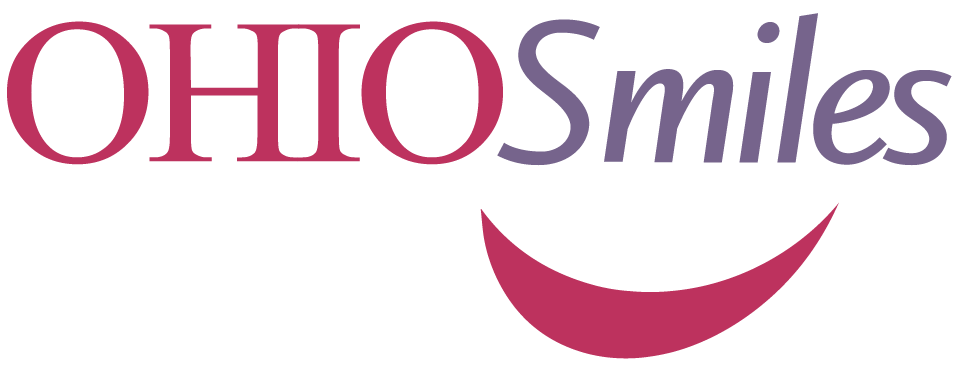
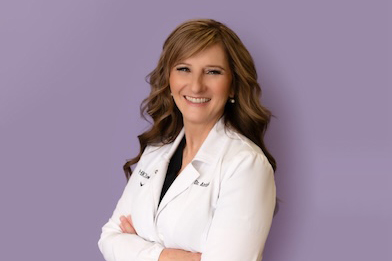 Denise Antalis, DDS
Denise Antalis, DDS
 Meet the Team
Meet the Team
 Blog
Blog





